How To Manage Buy-Side vs. Sell-Side Contracts
Most businesses need both buy-side and sell-side contracts to run their operations efficiently. Organizations must exercise extra caution when managing contracts, regardless of whether they are for sellers or buyers. Effective drafting, negotiation, review, and analysis are necessary for all the stakeholders to make the most of the legal agreement and the business relationship.
Owing to the significance of contract management in onboarding vendors and customers, organizations require solutions that align with the goals of both buy-side and sell-side contracts. That’s where Dock’s contract management software comes in with its array of drafting, signing, and monitoring tools suitable for sales and purchase agreements.
What are buy-side contracts?
Buy-side contracts deal with obtaining goods or services from suppliers or vendors for a cost, monetary or otherwise. The buy-side legal documents lay down the obligations and demands finalized between both parties. Procurement, vendor management, or outsourcing teams are most likely to handle buy-side contracts for an organization.Key elements of buy-side contracts may include:
Specifications: Clear details about the goods, services, or assets, including quantity, quality standards, and specific requirements.
Price and Payment Terms: The agreed-upon price for the purchase and the terms of payment, including any installment plans or conditions for payment.
Delivery and Acceptance: Conditions related to the delivery of the goods or services, including timelines, shipping arrangements, and criteria for the buyer to formally accept the delivered items.
Warranties and Guarantees: Any assurances regarding the quality, performance, or condition of the products or services.
Terms and Conditions: General terms and conditions that both parties must adhere to, covering aspects such as dispute resolution, termination clauses, and confidentiality agreements.
Indemnification: Clauses outlining responsibilities in case of losses, damages, or liabilities arising from the transaction.
Regulatory Compliance: Assurance that the transaction adheres to relevant laws, regulations, and industry standards.
What are sell-side contracts?
Sell-side contracts refer to agreements made by entities or individuals who are looking to sell goods, services, or assets. In these contracts, the party initiating the sale, often referred to as the seller, outlines the terms and conditions that govern the transaction with the prospective buyer. Sell-side contracts are crucial in establishing a legal framework for the sale and protecting the interests of both parties. Sell-side contracts are prevalent in various business contexts, including sales agreements, distribution agreements, and licensing agreements.Key components of sell-side contracts typically include:
Description of Goods or Services: Clear and detailed specifications of the products, services, or assets being offered for sale. This section outlines what the buyer can expect to receive.
Price and Payment Terms: The agreed-upon price for the sale and the terms of payment, including any installment plans or conditions for payment.
Delivery and Acceptance: Conditions related to the delivery of the goods or services, including timelines, shipping arrangements, and criteria for the buyer to formally accept the delivered items.
Warranties and Guarantees: Any assurances provided by the seller regarding the quality, performance, or condition of the products or services being sold.
Terms and Conditions: General terms and conditions that both parties must adhere to, covering aspects such as dispute resolution, termination clauses, and confidentiality agreements.
Indemnification: Clauses outlining responsibilities in case of losses, damages, or liabilities arising from the transaction.
Regulatory Compliance: Assurance that the transaction complies with relevant laws, regulations, and industry standards.
What does buy-side and sell-side contract management entail?
Contract management is a critical aspect of business operations that involves the creation, negotiation, execution, and ongoing oversight of contracts. Whether dealing with buy-side or sell-side contracts, organizations must effectively manage their contractual relationships to minimize risks, ensure compliance, and optimize value.
Similarities between buy-side and sell-side contract management
Contract lifecycle:
Both buy-side and sell-side contracts undergo common phases in their lifecycle, including initiation, negotiation, execution, monitoring, and closure.
Regardless of whether an organization is buying or selling, the contract management process involves similar steps. It starts with identifying the need for a contract, negotiating terms, executing the agreement, monitoring performance, and finally, closing out the contract when the obligations are fulfilled or terminated.
Risk Management:
Both types of contracts require careful consideration of risks and the implementation of risk management strategies. Risks can arise in various forms, such as non-compliance, financial losses, or disputes. Contract managers for both buy-side and sell-side contracts must identify potential risks, assess their impact, and develop mitigation plans to protect the interests of the organization.
Compliance and Legal Considerations:
Both buy-side and sell-side contracts must comply with relevant laws, regulations, and industry standards. Legal compliance is essential for the validity and enforceability of contracts. Contract managers need to stay informed about changes in regulations that may impact their contracts and ensure that the terms and conditions align with legal requirements.
Documentation:
Thorough documentation is crucial for both buy-side and sell-side contracts.
Clear and comprehensive documentation helps in establishing a record of the agreement's terms, commitments, and responsibilities. Well-documented contracts provide a reference point in case of disputes and support effective contract administration throughout the lifecycle.
Differences between buy-side and sell-side contract management
Perspective and Objectives:
Buy-side contracts are initiated by entities seeking to acquire goods or services, while sell-side contracts are initiated by entities looking to sell goods or services. The primary distinction lies in the perspective of the contracting party. Buy-side contracts focus on securing advantageous terms for the purchaser, while sell-side contracts aim to protect the interests of the seller and maximize the value of the transaction.
Negotiation Dynamics:
The negotiation dynamics differ between buy-side and sell-side contracts. In buy-side contracts, negotiations often revolve around price, delivery terms, and quality specifications. On the sell side, negotiations may involve discussions on warranties, signatures, and payment terms. Each party seeks to secure terms that align with their respective interests.
Performance Monitoring:
Performance monitoring metrics may vary between buy-side and sell-side contracts. In buy-side contracts, the emphasis is on ensuring that the seller delivers as per the agreed specifications. On the sell-side, monitoring may involve tracking customer satisfaction, timely payments, and compliance with any post-sale obligations.
Termination and renewal:
Reasons for termination and conditions for renewal can differ between buy-side and sell-side contracts. Buy-side contracts may have termination clauses related to poor performance or failure to meet quality standards. Sell-side contracts might include termination clauses based on non-payment or breach of contractual obligations by the buyer. Conditions for contract renewal also vary based on the nature of the contract.
Post-Sale Responsibilities:
Post-sale responsibilities differ between buy-side and sell-side contracts. Sell-side contracts may involve ongoing responsibilities such as warranty support, maintenance services, or future updates. Buy-side contracts, on the other hand, may require the purchaser to adhere to certain post-purchase obligations, such as timely payments or compliance with licensing terms.
How do you manage buy-side and sell-side contract management?
Though they differ in obligations, the contracting process, for the most part, is relatively the same for sell-side and buy-side contracts. An efficient CMS can support the entire lifecycle. While the stakeholders may vary, the contract request process is the same for both. The sales team deals with potential customers, and the procurement team handles suppliers. Integrating contract management software with ERP or CRM systems where procurement and sales teams can help to accelerate buy-side and sell-side contract management.
CRM Integration
CRM systems focus on managing customer relationships, sales, and marketing activities. Integrating CRM with contract management software enables users to seamlessly transfer customer data, sales leads, and opportunities to a centralized platform. This integration ensures that the contract management system is updated with the latest customer information, allowing for personalized contract negotiations and improved customer relationship management.
ERP Integration
ERP systems handle various business processes, including finance, procurement, and inventory management. Integrating ERP platforms like Business Central or Oracle NetSuite with contract management allows users to synchronize data related to procurement, inventory levels, and financial transactions. The real-time synchronization between contract management and ERP systems ensures accurate financial data in contracts, helps in managing procurement processes efficiently, and ensures that inventory levels are considered when creating contracts.
ERP and CRM Integration Benefits
Flourishing businesses deal with all types of contracts, from buy-side contracts to NDAs to employee agreements. An organization’s efficiency increases when it can manage every aspect of the contractual operations from a single platform. It improves their performance in contract reporting, compliance, and storage. Some of the advantages of having a centralized system are
Enhanced Collaboration: Integration fosters collaboration among sales, procurement, and finance teams by providing a unified platform for accessing and managing contract-related information. Sales teams can leverage CRM data to personalize contracts, while procurement teams can use ERP data to ensure the availability of resources.
Improved Accuracy and Consistency: Customer details, product information, and financial data are automatically synchronized, eliminating the need for manual data entry and reducing the likelihood of discrepancies.
Streamlined Workflows: Integrated systems enable streamlined and automated workflows for contract creation, approval, and execution. Sales teams can initiate contracts directly from the CRM system, and relevant data is automatically populated, reducing administrative overhead.
Real-time Visibility: Integration provides real-time visibility into customer interactions, sales performance, and financial data. Sales teams can quickly assess the financial viability of a deal, taking into account inventory levels and procurement costs.
Comprehensive Reporting and Analysis: Integrated systems facilitate comprehensive reporting and analysis by combining data from CRM, ERP, and contract management. Organizations can generate reports on sales performance, procurement costs, and contract compliance, enabling informed decision-making.
Conclusion
While buy-side and sell-side contracts share commonalities in their lifecycle phases, risk management, compliance considerations, and documentation requirements, they differ significantly in their perspectives, negotiation dynamics, performance monitoring metrics, termination and renewal conditions, and post-sale responsibilities. Effective contract management in both scenarios requires a nuanced understanding of these similarities and differences to ensure that contractual relationships are optimized and risks are mitigated appropriately. Organizations that invest in robust contract management practices can enhance their operational efficiency, reduce legal risks, and foster successful and enduring business relationships.
Book a Live demo
Schedule a live demo of Dock 365's Contract Management Software instantly.
.png?width=196&height=196&name=MicrosoftTeams-image%20(24).png)
Written by Deepti Gopimohan




